Valvular Heart Disease Guidelines
Valvular heart disease guidelines. 2020 ACCAHA Guideline for the Management of Patients With Valvular Heart Disease. Guidelines on the management of valvular heart disease version 2012. For patients with valvular heart disease and atrial fibrillation except for patients with rheumatic mitral stenosis or a mechanical prosthesis the decision to use oral anticoagulation to prevent thromboembolic events with either a vitamin K antagonist or a nonvitamin K antagonist anticoagulant should be made in a shared decision-making process based on the CHA 2 DS 2-VASc score.
This executive summary of the valvular heart disease guideline provides recommendations for clinicians to diagnose and manage valvular heart disease as well as supporting documentation to encourage their use. 50 stage C1 but with progressive severe LV dilation LVEDD 65 mm if. The focus of this guideline is the diagnosis and management of adult patients with valvular heart disease VHD.
For patients with valvular heart disease and atrial fibrillation except for patients with rheumatic mitral stenosis or a mechanical prosthesis the decision to use oral anticoagulation to prevent thromboembolic events with either a vitamin K antagonist or a nonvitamin K antagonist anti-coagulant should be made in a shared decision-. ESC Clinical Practice Guidelines aim to present all the relevant evidence to help physicians weigh the benefits and risks of a particular diagnostic or therapeutic procedure on Valvular Heart Disease. This is the report of the American College of Veterinary Internal Medicine ACVIM Specialty of Cardiology consensus panel convened to formulate guidelines for the diagnosis and treatment of chronic valvular heart disease CVHD also known as endocardiosis and myxomatous valve degeneration in dogs.
The 2020 guideline for the management of patients with valvular heart disease replaces the American Heart AssociationAmerican College of Cardiology AHAACC 2014 guideline and the 2017 focused update. Heart valve disease presenting in adults. A Report of the American College of CardiologyAmerican Heart Association Joint Committee on Clinical Practice Guidelines.
2020 ACCAHA Guideline for the Management of Patients With Valvular Heart Disease. 2021 Feb 277 4e25-e197. J Am Coll Cardiol.
The following is Part 3 of 3 key perspectives regarding mixed valve disease prosthetic valves infective endocarditis IE and pregnancy and. Helmut Baumgartner Division of Adult Congenital and Valvular Heart Disease Department of Cardiovascular Medicine University Hospital Muenster Albert Schweitzer Campus 1 Building A1 48149 Muenster Germany. They should be essential in everyday clinical decision making.
Find all the guideline recommendations in PowerPoint format here. 2020 Data Supplements zip file 2020 Pocket Guide.
The 2020 guideline for the management of patients with valvular heart disease replaces the American Heart AssociationAmerican College of Cardiology AHAACC 2014 guideline and the 2017 focused update.
The following is Part 3 of 3 key perspectives regarding mixed valve disease prosthetic valves infective endocarditis IE and pregnancy and. For patients with valvular heart disease and atrial fibrillation except for patients with rheumatic mitral stenosis or a mechanical prosthesis the decision to use oral anticoagulation to prevent thromboembolic events with either a vitamin K antagonist or a nonvitamin K antagonist anticoagulant should be made in a shared decision-making process based on the CHA 2 DS 2-VASc score. Guidelines for the Management of Patients With Valvular Heart Disease Executive Summary A Report of the American College of CardiologyAmerican Heart Association Task Force on Practice Guidelines Committee on Management of Patients With Valvular Heart Disease. AVR may be considered for asymptomatic patients with severe AR and normal LV systolic function LVEF. JACC Valvular Heart Disease Hub. Heart valve disease presenting in adults. AVR is reasonable in patients with moderate AR stage B who are undergoing other cardiac surgery IIa C NA. ESC Clinical Practice Guidelines aim to present all the relevant evidence to help physicians weigh the benefits and risks of a particular diagnostic or therapeutic procedure on Valvular Heart Disease. Find all the guideline recommendations in PowerPoint format here.
2021 Feb 277 4e25-e197. Many recommendations from the earlier valvular heart disease guidelines have been updated with new evidence and provides newer options for diagnosis and treatment of valvular heart disease. European Association for Cardio-Thoracic Surgery EACTS. Guidelines for the Management of Patients With Valvular Heart Disease Executive Summary A Report of the American College of CardiologyAmerican Heart Association Task Force on Practice Guidelines Committee on Management of Patients With Valvular Heart Disease. AVR may be considered for asymptomatic patients with severe AR and normal LV systolic function LVEF. The focus of this guideline is the diagnosis and management of adult patients with valvular heart disease VHD. This summary includes only the recommendations from the full guideline which focus on diagnostic work-up the timing and choice of surgical and catheter interventions and recommendations.
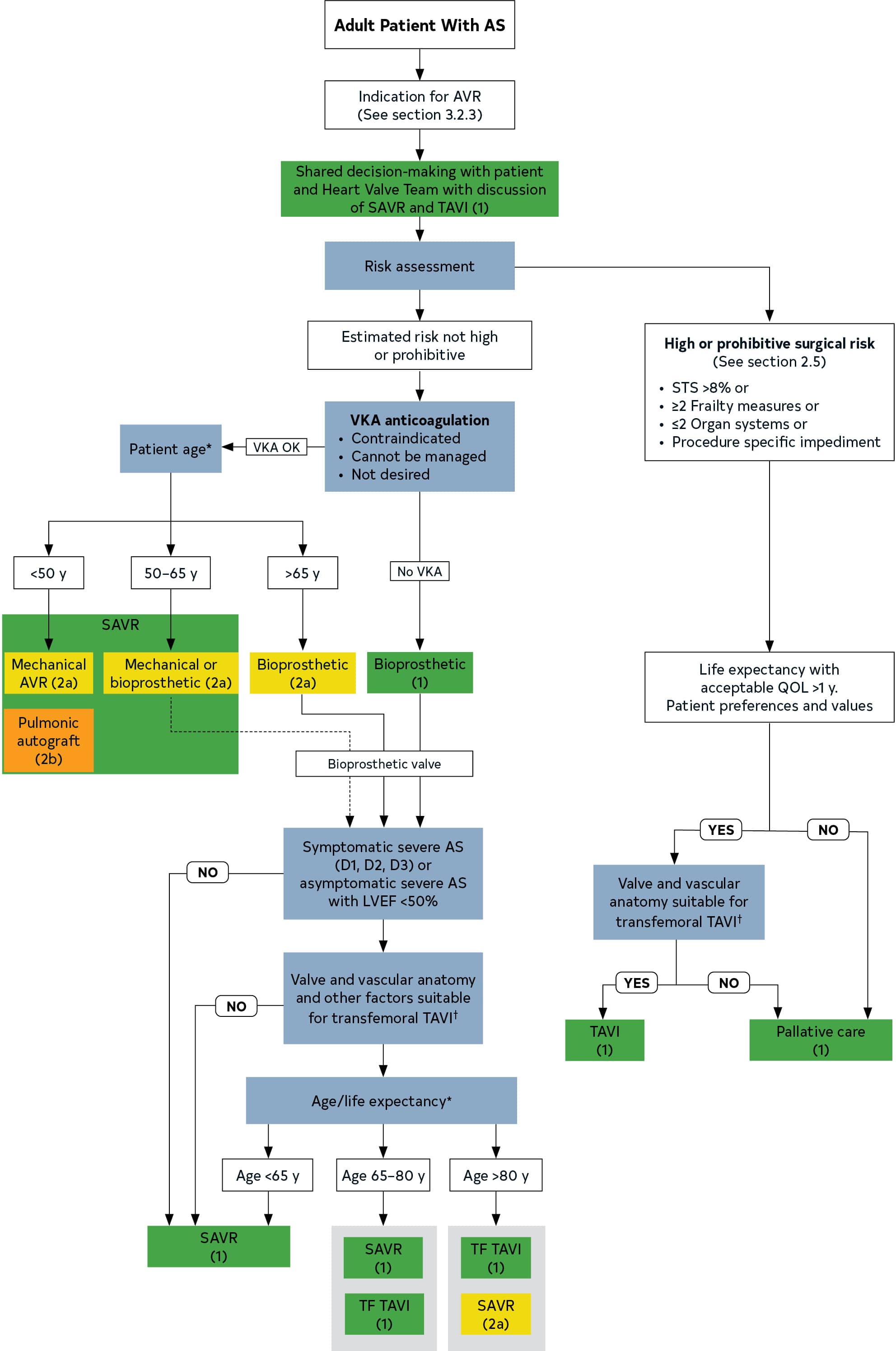


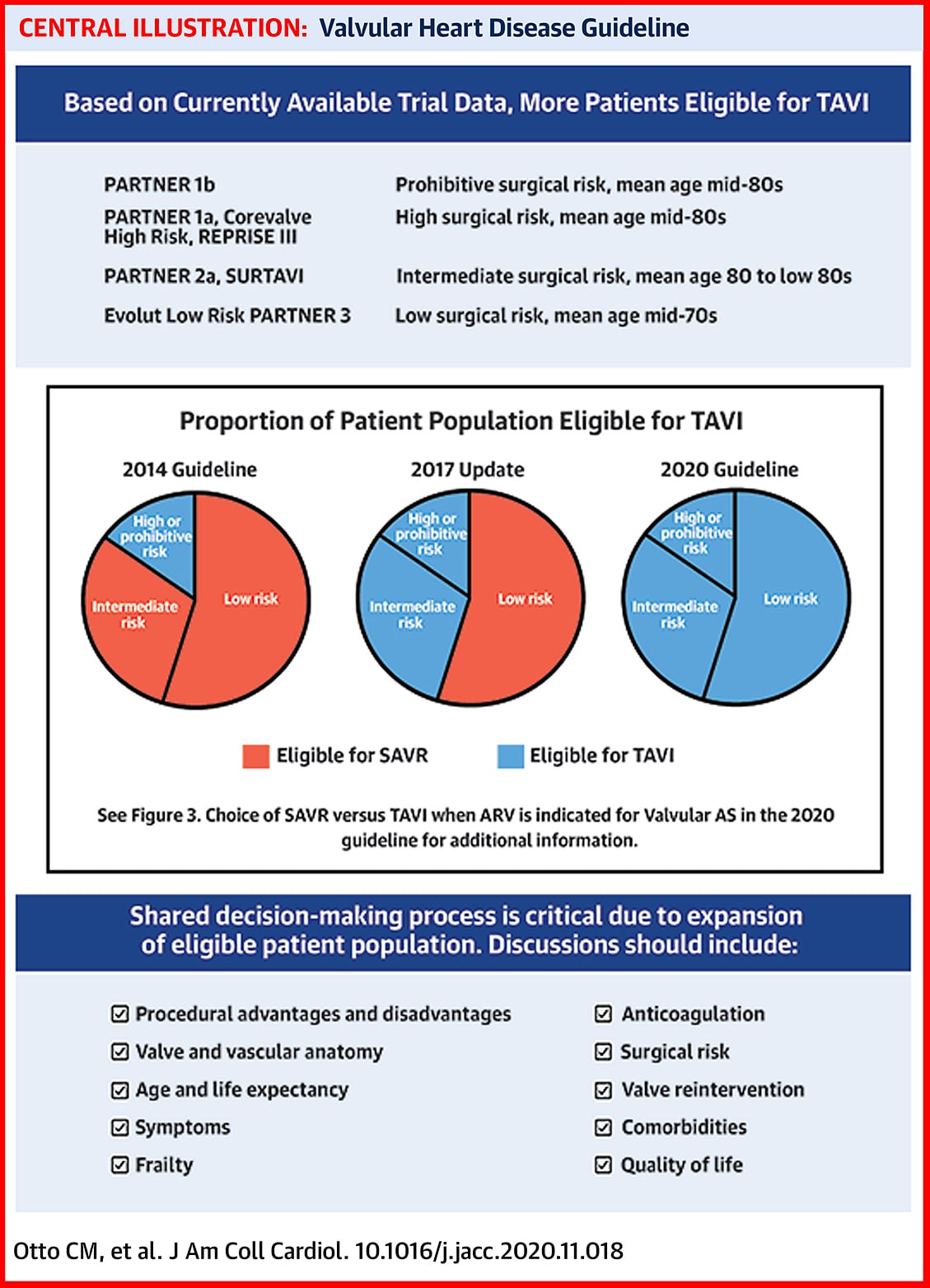

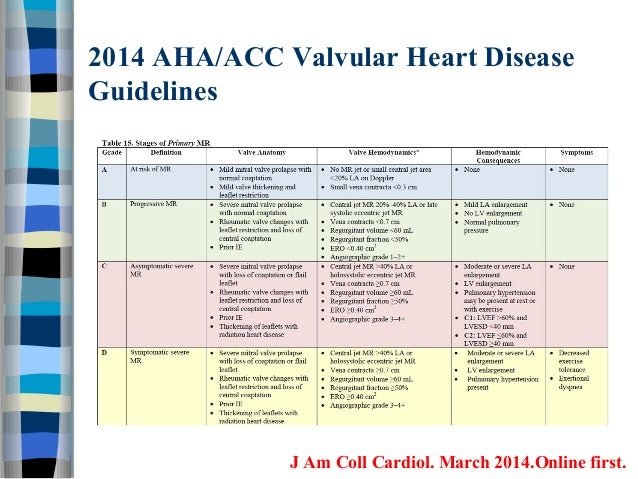










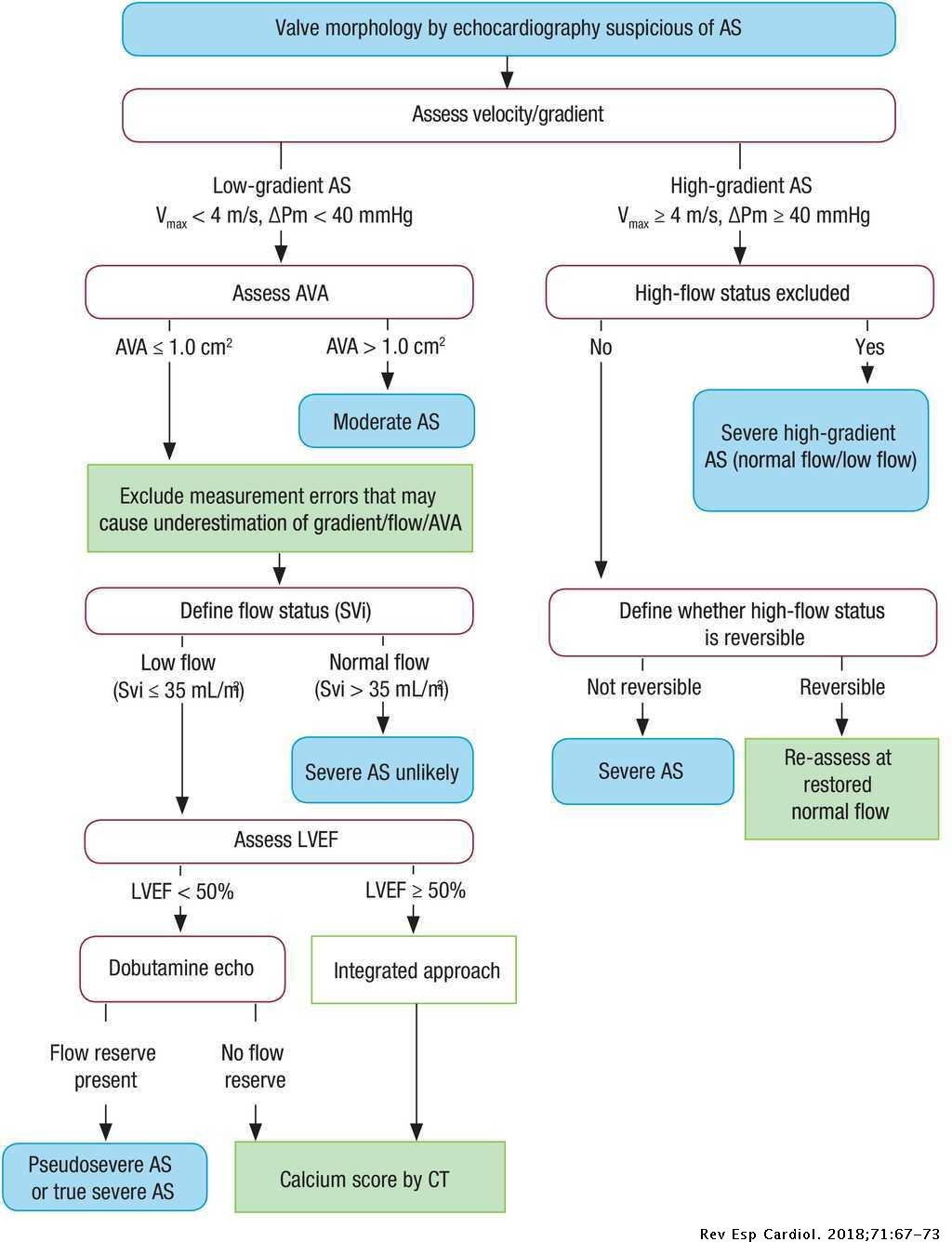

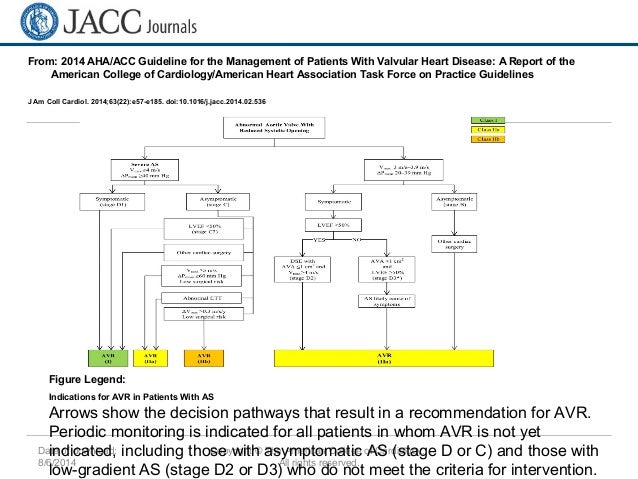



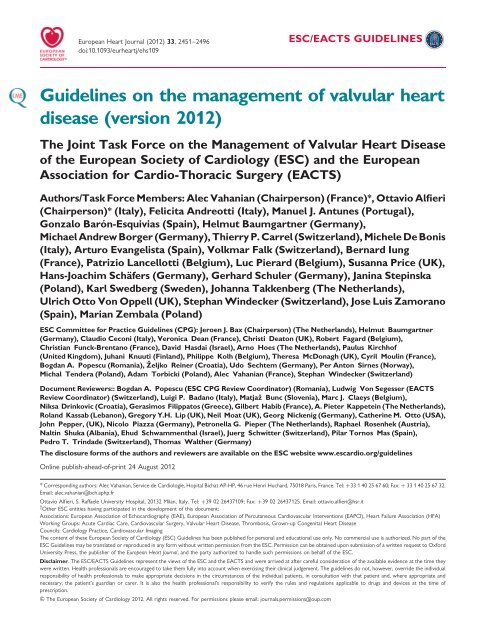


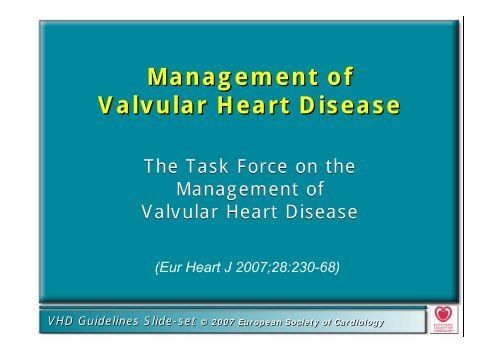












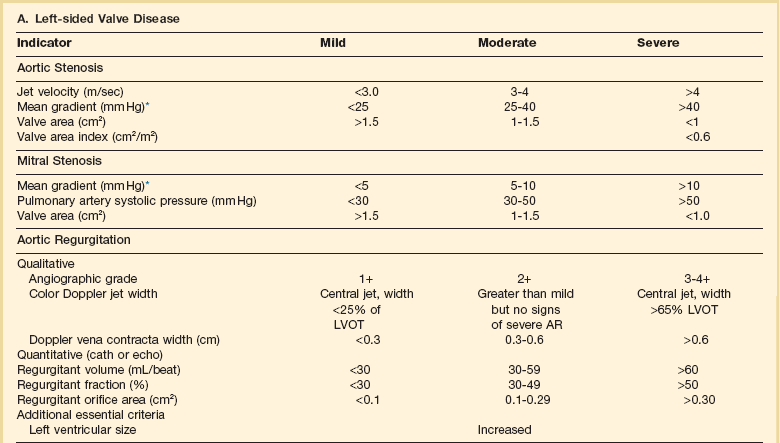

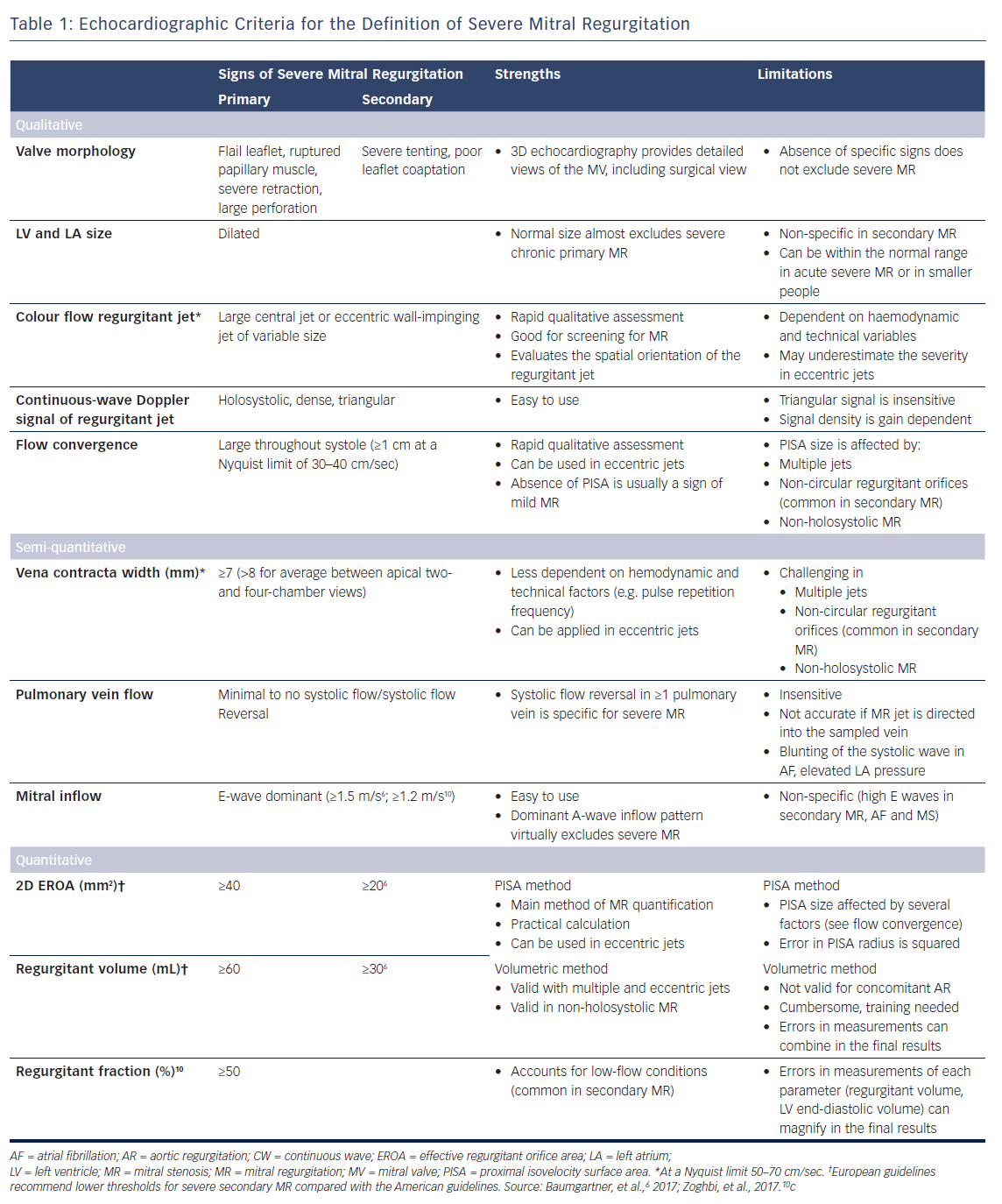




Posting Komentar untuk "Valvular Heart Disease Guidelines"